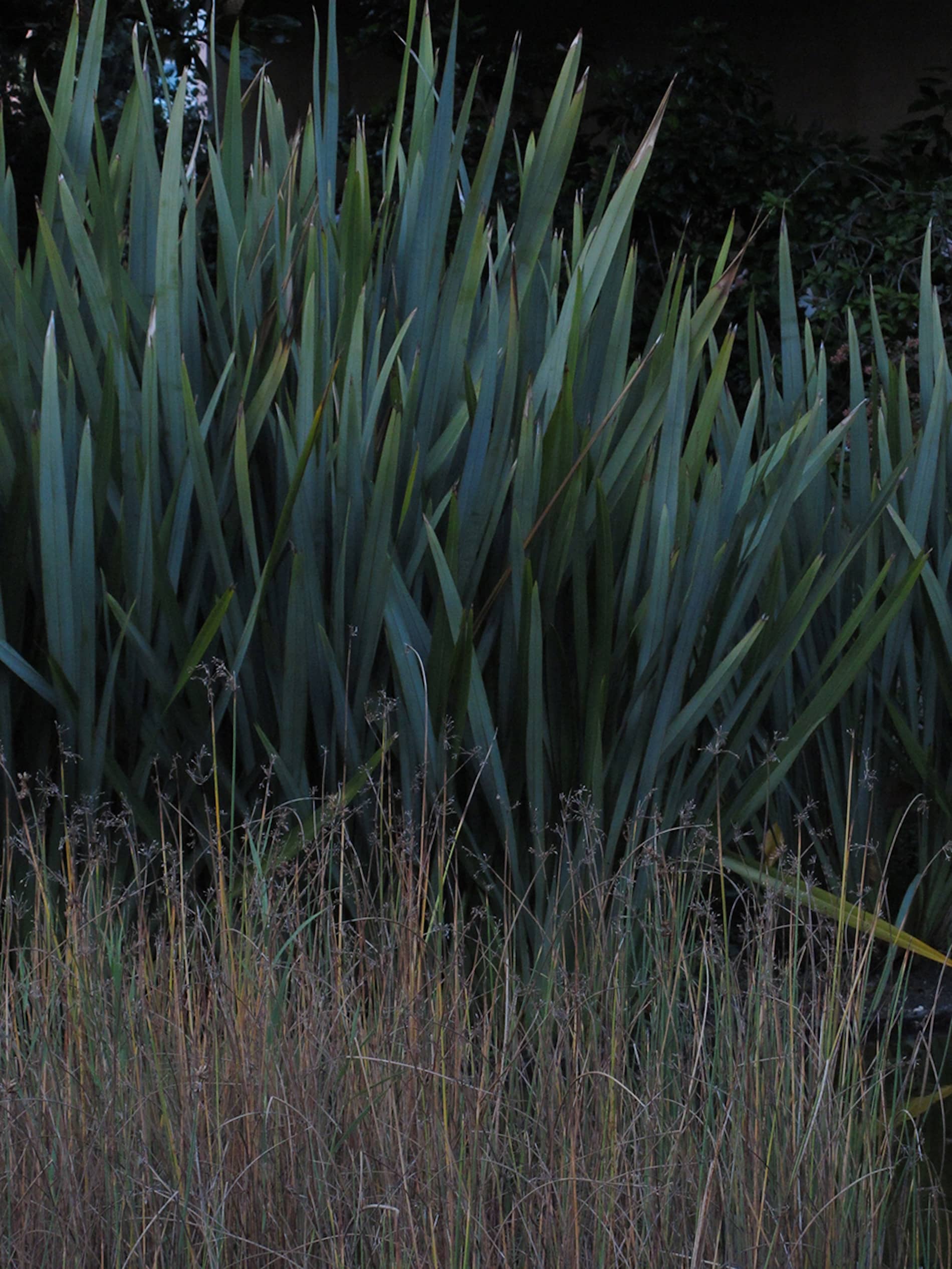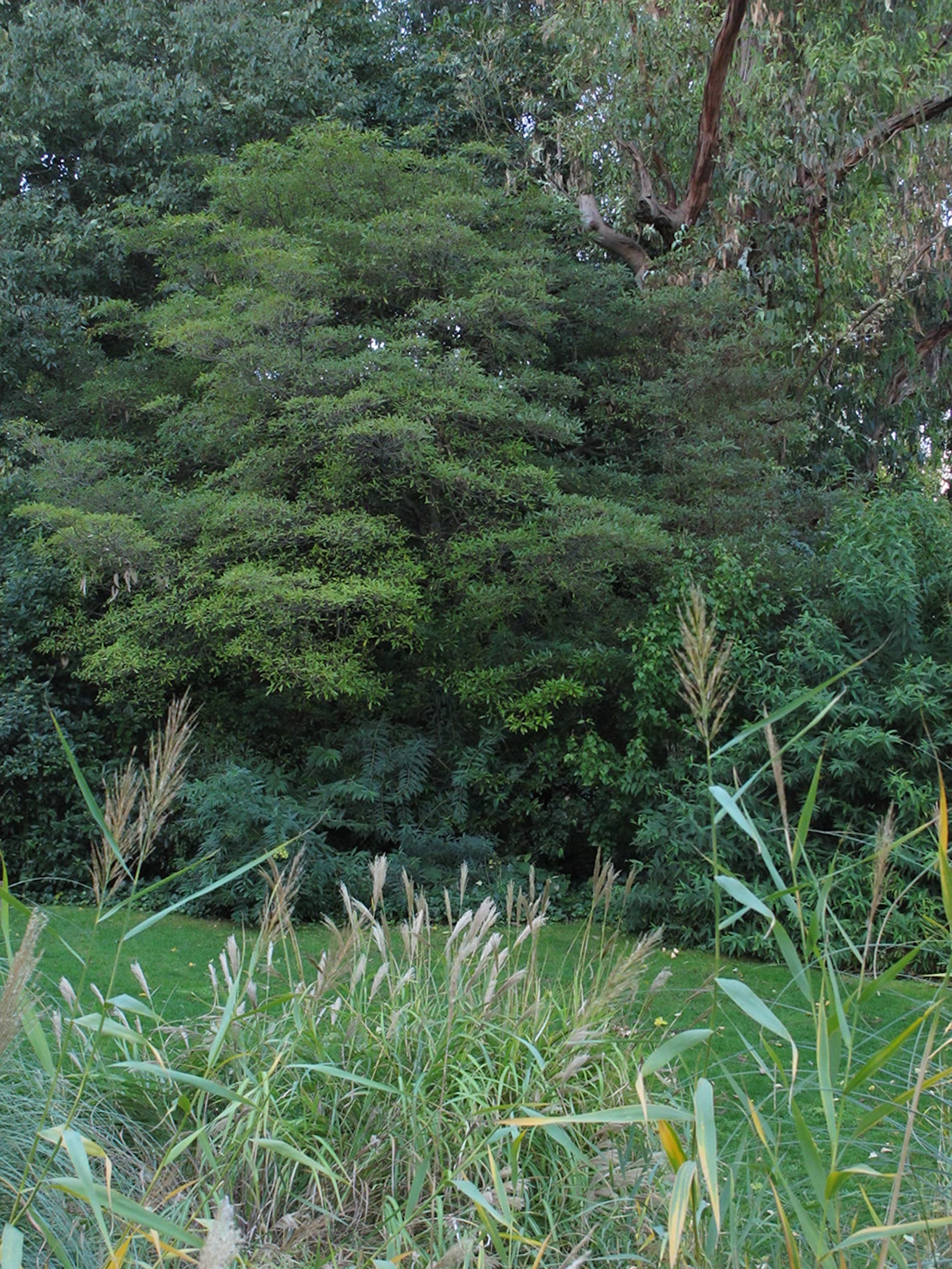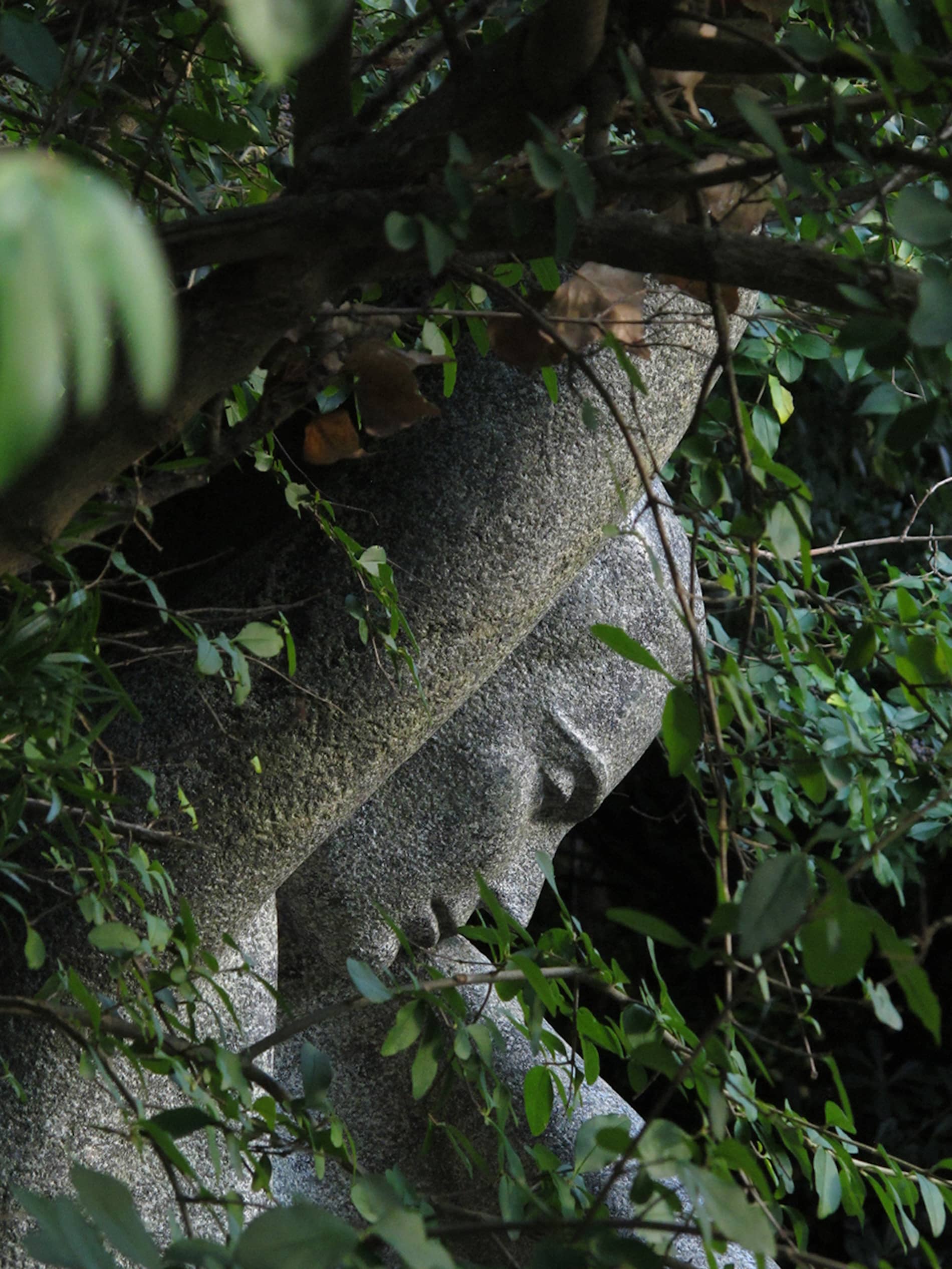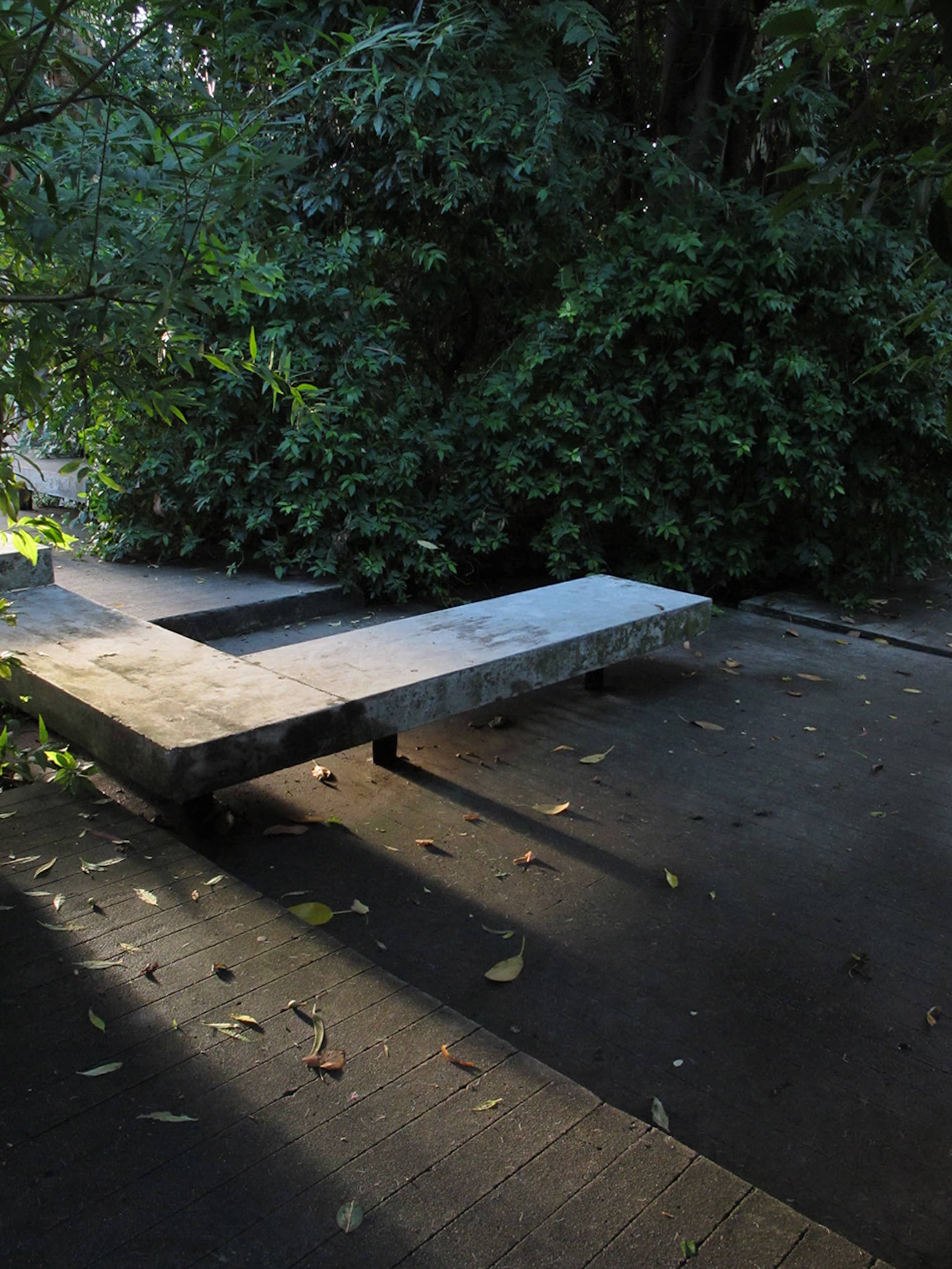











The Garden of the Calouste Gulbenkian Foundation
Just as the museum of the magnificent Calouste Gulbenkian Foundation is an essential destination for any art-lover visiting Lisbon, its gardens are a must for anyone interested in landscaping. Designed in the 1960s by landscape architects Gonçalo Ribeiro Telles and António Viana Barreto, it is internationally recognized as a masterpiece of the Portuguese landscaping of the last century.
The current site of the Foundation and its garden have a storied past, but by the 18th century it was already a green space used for cultivation. In the mid 19th century, the gardener Jacob Weiss converted it into a picturesque landscape garden, and it became known as the Parque de Santa Gertrudes (Saint Gertrude Park). Years later, the Lisbon Zoo would be built on this site and subsequently the Fairgrounds, the city’s main recreational area from 1943 to 1956.
The extensive topographical work of Ribeiro Telles and Viana Barreto profoundly transformed the landscape with most of the southern side of the gardens now descending in a way suggestive of an amphitheater. The concrete paths and walkways (the building is also made mostly of concrete), are laid out in an irregular rectilinear pattern that guides us through, but also creates a feeling of discovery because of the clever way the zigzagging path and the shrubbery, both employed here as constructive elements, conceal the surroundings. In this idealized world the visitor experiences, in quick succession, shady thickets, forest clearings, the fields down by the lake, mirrors in the grass and roaring torrents. Water is given a rich treatment and used subtly and in surprising ways, and the plants, many of which are indigenous to the Portuguese countryside, are ingeniously arranged.
This garden removes us from the city and evokes other landscapes, allowing us to reflect on the relationship between man and nature, to dream and relax.


